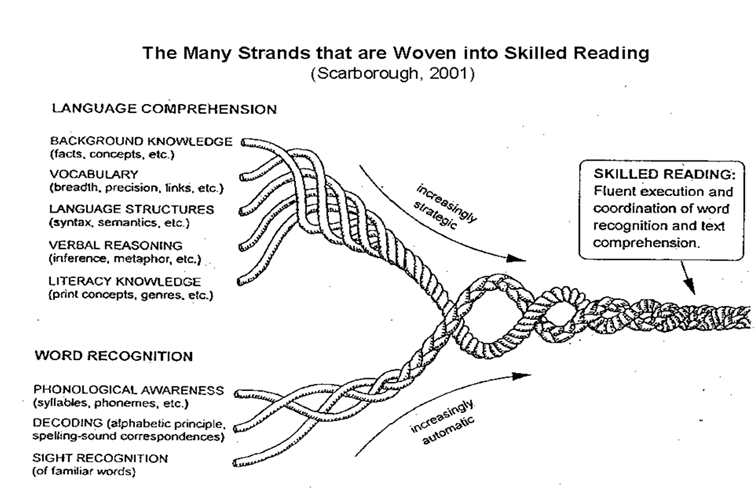DIPL’s effectiveness has been researched and documented. For a copy of this documentation, please contact the DIPL office.
DIPL is continually updated in line with feedback from current schools, updates to curriculum documents and changes in teaching practice.
DIPL acknowledges that a balanced approach to teaching literacy, including explicit and contextual teaching of skills such as reading and spelling is vital.
DIPL advocates the development of phonological skills, including phonemic awareness, as opposed to isolated phonics programs.
The degree of awareness of phonological structure of words is the best predictor of reading success (Moats, 1994; Spear-Swerling et al, 2005; Bos et al, 2001; DE&T, 2006; McCutchen, 2002) just as children with reading (learning) disabilities are characterised by phonological difficulties (Moats, 1994: McCutchen et al, 2002). A large body of empirical research has consistently demonstrated that phonological processing skills, especially phonological awareness (the ability to manipulate the sound structure of words at the phoneme level), are significantly related to early reading
achievement and predictive of later reading achievement (Stone & Brady, 1995; Lonigan et al., 1998).
DIPL has documented evidence that the DIPL program improves students skills and understanding in reading, spelling and grammar. The success lies in the integrated language approach.
DIPL has had success with children at both ends of the learning spectrum. It supports children with learning disabilities and children to whom English is a second language. It also supports capable learners to extend their metalinguistic skills, thus improving their discourse ability.
The diagram (below) acknowledges that a skilled reader must have many language comprehension and word recognition skills in order to be an effective reader.
All of these language comprehension skills and word recognition concepts are covered in the DIPL Program.
The Many Strands that are Woven into Skilled Reading, Scarborough, 2001.
